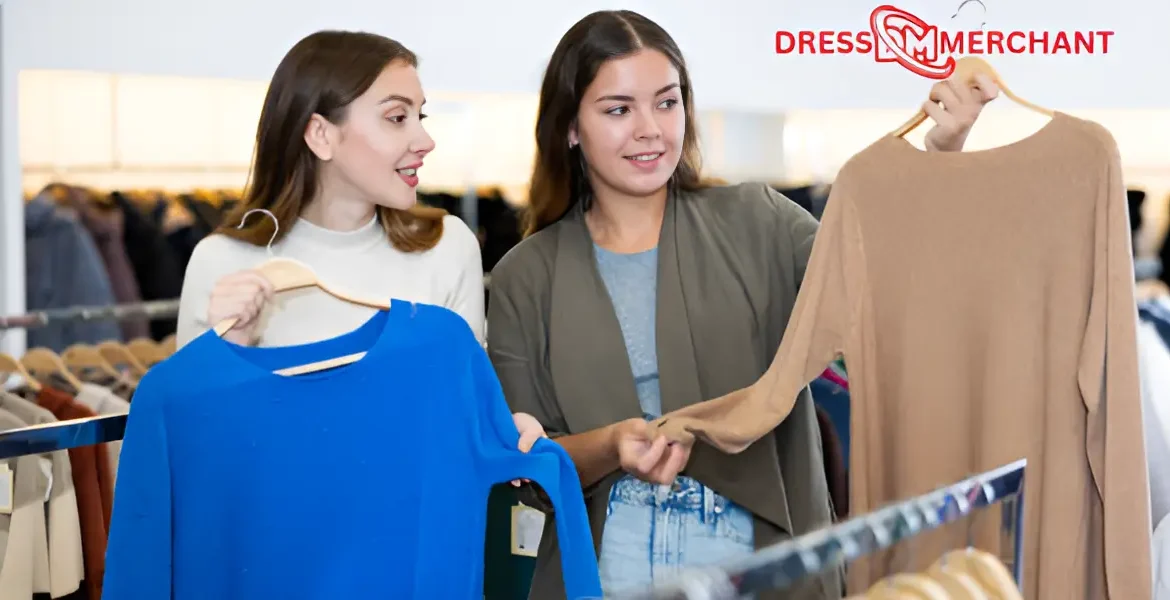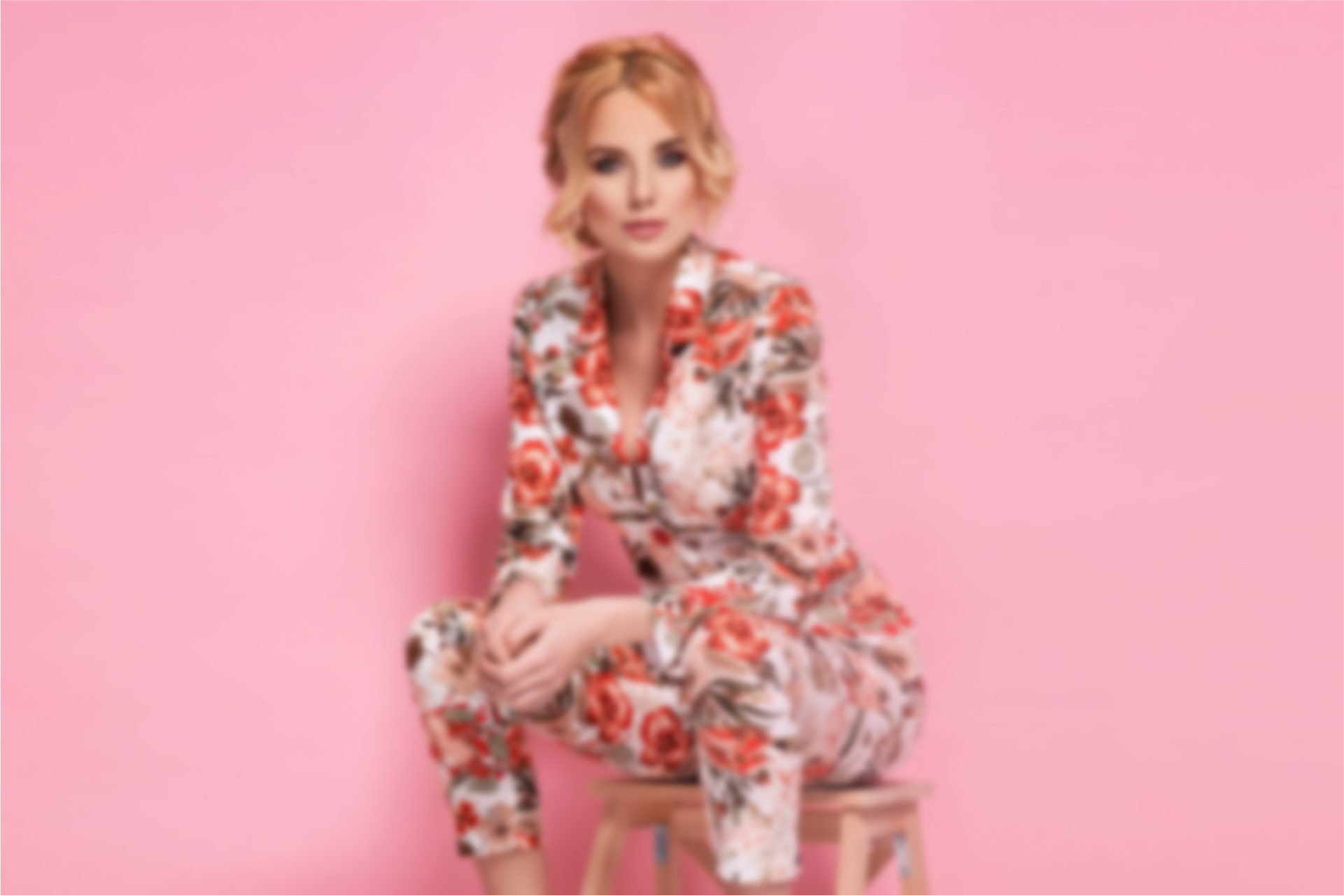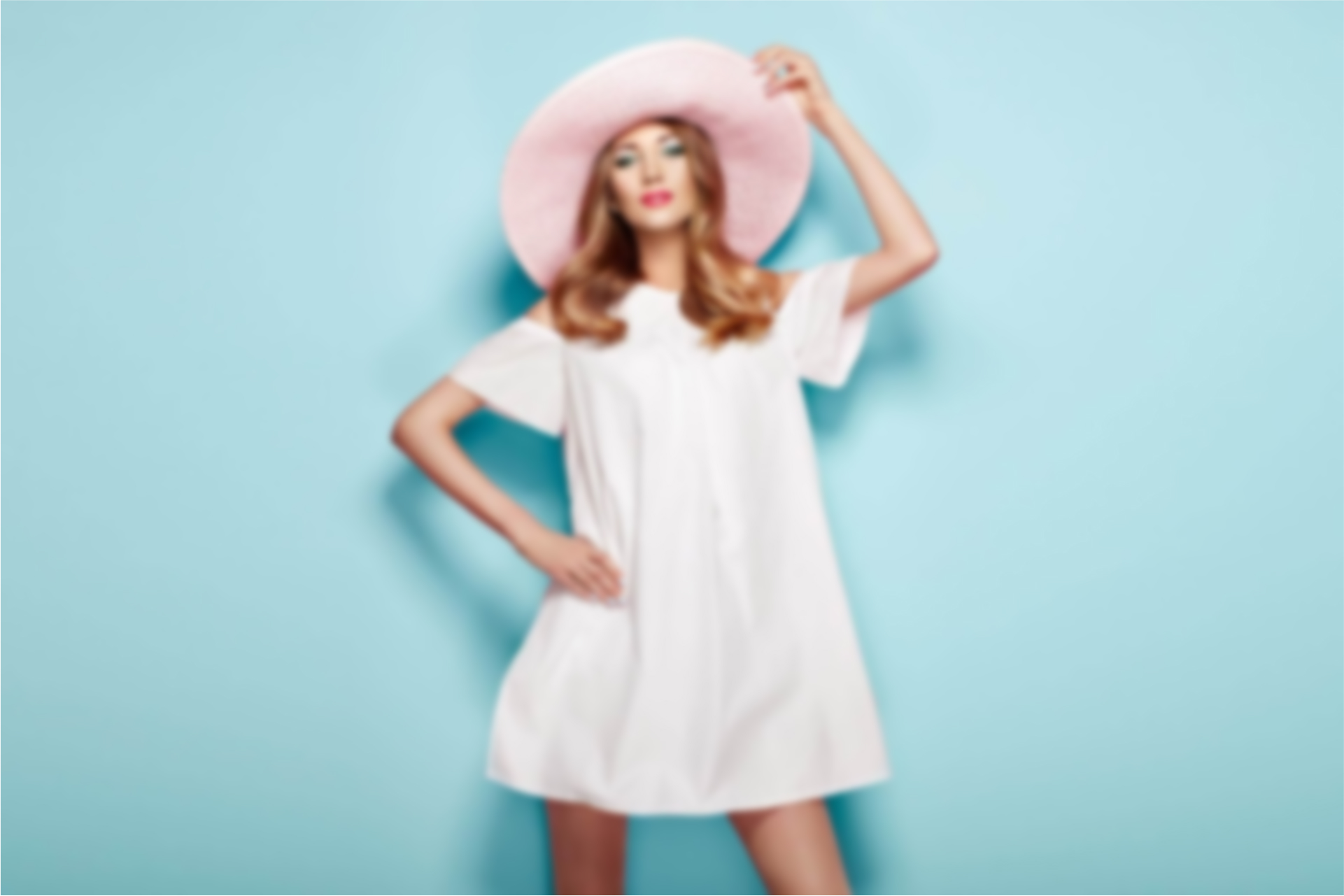Looking for a reliable Apparel Buying House in Bangladesh? We connect global fashion brands with top-tier manufacturers to deliver high-quality garments at competitive prices. Our experienced team ensures seamless sourcing, quality control, and timely delivery. Partner with a trusted Apparel Buying House in Bangladesh to streamline your supply chain and achieve production excellence with ease.
Thank you for reading this post, don't forget to subscribe!1. Overview of the Apparel Buying House Industry in Bangladesh
1.1 Historical Emergence and Global Significance
The concept of apparel buying houses in Bangladesh traces back to the late 1980s, coinciding with the country’s rapid rise in the global textile and garment manufacturing industry. As Western brands sought cost-effective sourcing options, Bangladesh’s skilled labor force and competitive pricing positioned it as a preferred destination. Buying houses became critical intermediaries, bridging international clients with domestic factories, ensuring quality, compliance, and timely delivery.

1.2 Key Role in Global Apparel Supply Chains
An apparel buying house acts as a strategic link between international fashion brands and local manufacturers. These agencies oversee the entire production lifecycle—from sourcing fabrics and trims to quality assurance and logistics. Bangladesh buying houses cater to clients in Europe, North America, and Asia, managing a diverse portfolio of products including knitwear, woven garments, denim, activewear, and more.
1.3 Current Industry Landscape
Today, Bangladesh is the second-largest apparel exporter in the world, and buying houses play an indispensable role in this success. With over 2,000 operational buying houses registered under the BGMEA and BKMEA, the industry contributes significantly to the nation’s GDP, employment, and foreign currency earnings.
2. Core Functions of an Apparel Buying House
2.1 Product Development and Sampling
The product development stage begins with interpreting the buyer’s design concepts. Buying houses translate these ideas into technical specifications and prototypes, ensuring fabric suitability, fit standards, and aesthetic alignment. Sampling is done in multiple stages—proto, fit, pre-production—to fine-tune every detail before bulk production.
2.2 Vendor Sourcing and Factory Evaluation
Selecting the right manufacturer is crucial. Buying houses conduct rigorous due diligence before partnering with factories, assessing their compliance standards, certifications, production capacity, machinery, workforce strength, and past performance. Factory audits are often conducted to ensure alignment with international ethical standards.
2.3 Cost Negotiation and Order Placement
Costing in the apparel industry involves a detailed breakdown of fabric, trims, labor, overheads, and profit margins. Experienced merchandisers at the buying house negotiate pricing with suppliers while ensuring profitability and competitive rates for international clients. Once terms are agreed upon, purchase orders are confirmed, and production begins.
2.4 Production Monitoring and Quality Assurance
Daily production tracking, inline inspections, and mid-line audits ensure production remains on schedule and maintains quality. Buying houses employ quality controllers (QCs) who are stationed at the factory level, verifying that the output adheres to buyer-approved samples and specifications.
2.5 Shipment and Documentation Handling
Upon production completion, buying houses coordinate final inspection and third-party quality audits if required. They also manage shipping documentation such as commercial invoices, packing lists, certificates of origin, and BLs, ensuring smooth logistics and customs clearance.
3. Why Bangladesh is a Hub for Apparel Buying Houses
3.1 Cost-Effective Manufacturing Environment
Bangladesh offers one of the lowest manufacturing costs globally, without compromising on quality. Low labor wages, government subsidies, tax rebates, and duty-free access to EU markets under the GSP scheme make the country highly competitive.

3.2 Skilled and Semi-Skilled Workforce
The RMG sector employs over 4.5 million workers, most of whom are women. Their expertise, efficiency, and adaptability to diverse fashion categories make them an asset. Buying houses capitalize on this talent to deliver complex orders efficiently.
3.3 Strategic Geographic Location
Bangladesh’s geographic position allows for effective shipping routes to major markets like the EU, USA, Canada, and Australia. The proximity to India and China—major suppliers of raw materials—further enhances the logistical advantage.
3.4 Robust Government and Institutional Support
Government-backed initiatives such as the Export Promotion Bureau (EPB), Bangladesh Garment Manufacturers and Exporters Association (BGMEA), and other trade bodies provide policy support, trade facilitation, and training programs, contributing to a conducive environment for buying houses.
4. Services Offered by Apparel Buying Houses in Bangladesh
4.1 Design and Trend Forecasting
Modern buying houses now offer value-added services like design consultation, color forecasting, and fabric trend analysis. These services help brands stay ahead of fashion cycles and curate collections that align with upcoming trends.
4.2 Compliance and Social Auditing
Social responsibility is critical in modern sourcing. Buying houses coordinate audits through agencies like WRAP, SEDEX, BSCI, and OEKO-TEX to ensure their partner factories comply with global labor laws, environmental standards, and ethical sourcing guidelines.
4.3 Sourcing of Sustainable Materials
Sustainability is a key growth area. Many buying houses actively source eco-friendly, organic, and recycled materials from certified mills. They also encourage factories to adopt green production practices and obtain certifications like GOTS and OEKO-TEX Standard 100.
4.4 Technical File Management
Buying houses manage tech packs, grading sheets, wash care instructions, and construction details provided by the buyer. These documents are translated into actionable production guidelines for the factory to follow.
4.5 Logistics and Freight Forwarding Support
Top-tier buying houses provide end-to-end supply chain solutions, including freight booking, consolidation, warehousing, and last-mile delivery assistance. This ensures seamless shipment and timely delivery.
5. Key Apparel Categories Managed by Buying Houses
5.1 Knitwear and Casual Wear
Bangladesh is the largest exporter of knitwear in South Asia. Buying houses manage production of T-shirts, polos, hoodies, leggings, and joggers made from cotton, spandex blends, viscose, and modal fabrics.
5.2 Woven Garments and Formalwear
This category includes shirts, trousers, blazers, chinos, and skirts. Buying houses ensure precision in tailoring, fit, and construction for high-street and corporate fashion brands.
5.3 Denim and Washed Apparel
Denim production in Bangladesh is world-renowned. Buying houses collaborate with advanced denim factories equipped with laser technology, ozone washes, and sustainable water treatment systems.
5.4 Children’s and Baby Wear
Safety, comfort, and compliance are key in children’s apparel. Buying houses ensure all trims, buttons, and dyes used are child-safe, non-toxic, and certified.
5.5 Sportswear and Athleisure
With growing demand in performance wear, buying houses handle complex materials like spandex, nylon, and moisture-wicking fabrics. Products include gym wear, yoga pants, compression tops, and more.
6. Advantages for International Brands Working with Bangladeshi Buying Houses
6.1 Local Expertise and Market Insight
Buying houses offer unmatched local knowledge about fabric mills, trim suppliers, and factory networks. This allows for better decision-making, cost control, and faster resolutions to challenges.
6.2 Reduced Operational Risk
Outsourcing to a buying house reduces risk by delegating quality control, production management, and logistics to local experts. Brands are shielded from day-to-day manufacturing hurdles.
6.3 Time Efficiency and Speed-to-Market
Experienced buying houses shorten the product development cycle, accelerate approvals, and coordinate production timelines, allowing fashion brands to react faster to market trends.
6.4 Flexibility in Order Quantity
Buying houses cater to both bulk orders and low minimum quantities. Start-ups, boutique brands, and e-commerce platforms benefit from this flexibility without compromising on quality.
6.5 Cost Transparency and Savings
Transparent costing with itemized breakdowns ensures clarity for buyers. Bulk sourcing, local supplier networks, and logistics partnerships also help buying houses pass on cost advantages to their clients.
7. How to Choose the Right Buying House in Bangladesh
7.1 Industry Experience and Specialization
Buyers should assess how long the buying house has been in operation and their area of specialization. Experience in handling complex categories like outerwear or swimwear indicates technical proficiency.
7.2 Portfolio and Client Testimonials
A strong client base, success stories, and project portfolios are good indicators of a buying house’s credibility. It’s recommended to verify client references and check for feedback on professional platforms.
7.3 Quality Control Infrastructure
Check whether the buying house has an in-house quality team, lab testing facilities, and certified QCs. Strong quality control systems are vital for maintaining product consistency.
7.4 Communication and Transparency
Effective communication ensures fewer errors, faster decisions, and stronger relationships. The buying house should offer regular updates, detailed reporting, and be responsive across time zones.
7.5 Ethical Standards and Sustainability Practices
Align with buying houses that promote fair trade, safe working environments, and eco-conscious practices. Request documentation of compliance audits and sustainability initiatives before signing any agreement.
8. Challenges Facing Apparel Buying Houses in Bangladesh
8.1 Currency Fluctuations and Payment Delays
Volatile exchange rates and delayed remittance can affect cash flows. Buying houses often hedge currency risk or demand LC (Letter of Credit) payments to mitigate financial instability.
8.2 Port Congestion and Shipping Delays
Chattogram Port, Bangladesh’s main export hub, frequently experiences congestion. This can cause shipment delays, requiring buying houses to plan ahead and book shipments early.
8.3 Rising Competition and Margin Pressure
The emergence of buying hubs in Vietnam, India, and Ethiopia has intensified global competition. Bangladeshi buying houses are responding with innovation, tech adoption, and service diversification.
8.4 Talent Shortage in Mid-Level Management
There’s an ongoing need for experienced merchandisers and compliance managers. Buying houses are investing in training programs and industry-academia collaboration to bridge this gap.
8.5 Factory Compliance Risks
Sourcing from non-compliant factories poses reputational risks. Reputed buying houses ensure supplier selection based on international standards and remove non-compliant vendors from their network.
9. The Future of Apparel Buying Houses in Bangladesh
9.1 Embracing Digital Transformation
From ERP systems to AI-powered forecasting and digital quality inspections, technology is reshaping the buying house model. Digital sampling and 3D visualization are also gaining traction.
9.2 Shifting Toward Vertical Integration
To maintain competitiveness, buying houses are partnering with integrated manufacturers that offer spinning, knitting, dyeing, and garmenting under one roof, reducing lead times and increasing efficiency.
9.3 Expansion into New Markets
While the EU and US remain dominant, buying houses are increasingly targeting Japan, South Korea, UAE, and Australia to diversify their client base and reduce dependency on traditional markets.
9.4 Eco-Friendly and Circular Fashion Sourcing
The future lies in recyclable materials, closed-loop systems, and green production. Buying houses are aligning with mills and brands embracing circular economy models to reduce fashion waste.
9.5 Strategic Alliances and Global Representation
Bangladeshi buying houses are setting up liaison offices in the USA, UK, and EU for better client engagement. These alliances help streamline operations and improve customer experience.
10. Conclusion: Apparel Buying House in Bangladesh
Bangladesh’s apparel buying houses are no longer just intermediaries—they are strategic partners driving innovation, compliance, and sustainable value creation in the global fashion supply chain. With a strong local network, domain expertise, and commitment to quality, these agencies are helping brands transform ideas into impactful fashion products efficiently and ethically.
Whether you’re a fashion label launching your first collection or a global retailer looking to diversify your supply chain, partnering with a reliable buying house in Bangladesh ensures cost-effective, compliant, and high-quality production tailored to your needs.













